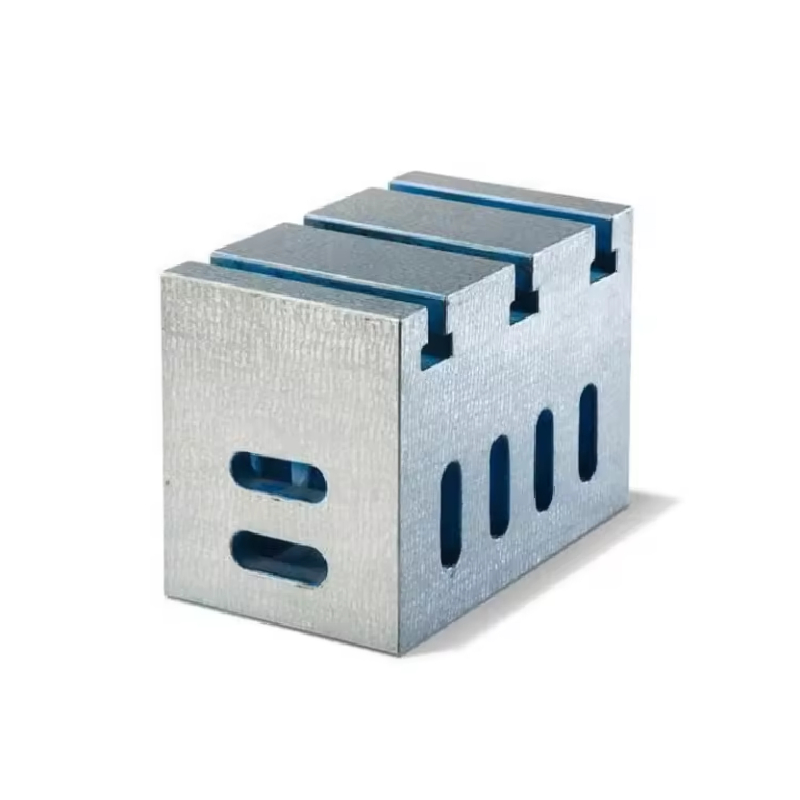Dec . 15, 2024 06:18 Back to list
different types of control valves and their applications
Different Types of Control Valves and Their Applications
Control valves are essential components in various industrial processes, functioning to regulate the flow of fluids and gases. By adjusting the size of the flow passage, control valves play a critical role in maintaining process conditions such as pressure, temperature, and flow rate. With advancements in technology and engineering, there are several types of control valves available, each suited for specific applications. This article explores the different types of control valves and their respective uses in industry.
1. Globe Valves
Globe valves are widely used in applications requiring precise control of flow. Their design allows for a smooth flow path that minimizes turbulence, making them suitable for throttling services. Globe valves are typically used in steam, water, oil, and gas applications, particularly in power plants and refineries, where the flow rate must be finely regulated. They can be operated manually or automatically, making them versatile for both small and large-scale operations.
2. Gate Valves
Gate valves are primarily designed for on/off control rather than throttling, as they provide minimal fluid resistance when fully open. However, they can still serve a purpose in regulating flow in high-flow applications where tight shut-off is crucial. Gate valves are commonly used in pipelines for water, oil, and gas transmission. Their simple design makes them easy to operate, but they are less effective for flow regulation compared to globe valves.
3. Ball Valves
Ball valves are characterized by their spherical interior and provide a tight seal when closed, resulting in minimal leakage. Due to their quick operation and reliability, they are often used in applications requiring fast shut-off capabilities. Ball valves are a common choice in the chemical industry, for water treatment, and in oil and gas applications. They are suitable for both on-off control and throttling under certain conditions but are not as effective as globe valves for precise regulation.
4. Butterfly Valves
different types of control valves and their applications

Butterfly valves consist of a rotating disc to control the flow of fluid. They are particularly advantageous in applications that require lightweight, compact solutions. Butterfly valves are commonly used in water treatment, fire protection systems, and HVAC applications. Their ability to provide quick shut-off and excellent flow control makes them well-suited for large diameter pipelines.
5. Check Valves
While check valves are not traditional control valves, they play an essential role in preventing backflow in piping systems. They allow fluid to flow in one direction and automatically close if the flow reverses, protecting pumps and other equipment from damage. Check valves are crucial components in water supply systems, sewage treatment, and many industrial applications where backflow could pose a problem.
6. Pressure Relief Valves
Pressure relief valves are safety devices designed to prevent overpressure in systems. By releasing excess pressure, they protect equipment and maintain safe operating conditions. These valves are widely used in various industries, including oil and gas, chemical manufacturing, and power generation. They ensure the safety of pipelines, vessels, and other equipment by preventing catastrophic failures due to pressure surges.
7. Solenoid Valves
Solenoid valves are electromechanical devices that utilize an electric current to control fluid flow. They are commonly used in automated systems and applications where remote control is necessary. Solenoid valves are prevalent in irrigation systems, automotive applications, and various industrial processes where precise and rapid actuation is required.
Conclusion
The selection of the appropriate type of control valve is crucial for ensuring the efficient and safe operation of industrial processes. The different types of control valves—globe, gate, ball, butterfly, check, pressure relief, and solenoid—each have unique features and applications suited to various needs. Understanding these differences enables engineers and operators to select the right valve for their specific applications, thereby optimizing performance and maintaining process safety. As industries evolve and technologies advance, control valves will continue to be an integral part of fluid handling systems, adapting to meet the changing needs of the market.
-
Y Type Strainer Maintains System Efficiency Long TermNewsJul.15,2025
-
Valve Selection Guide for Industrial ApplicationsNewsJul.15,2025
-
Steel Fab Table Provides Durable Work Surface for WeldingNewsJul.15,2025
-
Pad Iron Provides Stable Support for Heavy MachineryNewsJul.15,2025
-
One Inch Check Valve Fits Standard Plumbing SystemsNewsJul.15,2025
-
Measuring Micrometer Ensures Precise Dimensional AccuracyNewsJul.15,2025
Related PRODUCTS









